What is the Woodward 9907-164 505 Digital Microprocessor-Based Controller? The Woodward 9907-164 505 Digital Microprocessor-Based Controller is a state-of-the-art control system specifically designed for steam turbine applications. Engineered for precise control over turbine functions, this versatile unit provides operators with the ability to manage turbine speed and valve actuation with unparalleled accuracy. But what makes the 9907-164 stand out among similar controllers? Let’s take a deeper look at its technical specifications, key features, and benefits. Key Features and Specifications of the Woodward 9907-164 Controller The 9907-164 controller is packed with advanced features that make it a go-to solution for industrial turbine control. Some of its most notable specifications and capabilities include: Compact Design: With dimensions of 14W x 11H x 4D inches, the unit is compact and space-efficient, making it easy to integrate into existing control systems. Display and Interface: It features a clear two-line x 24-character display, making it easy to read system status and configure settings. Additionally, the 30 multi-function keypad allows operators to make adjustments on-site without the need for complex programming. Durability: Designed for robust performance, the unit has an IEC 60529 rating of IP 56, meaning it is protected from dust and water exposure, ideal for harsh industrial environments. Wide Temperature Range: The 9907-164 is built to operate in extreme conditions with a temperature range from -4°F to +140°F, ensuring reliability across a variety of climates. Communication and Protocols: The unit comes with an RS-232/RS-422 slot for Modbus communication, enabling seamless integration with other control systems and automation networks. These specifications make the 9907-164 an ideal choice for steam turbine control, offering precision, reliability, and ease of integration. Advanced Control Capabilities One of the standout features of the Woodward 9907-164 is its advanced control functionality. This microprocessor-based controller is designed to handle multiple critical tasks, enhancing the performance and safety of steam turbine systems. Key control features include: Critical Speed Avoidance: This feature prevents the turbine from operating at speeds that could potentially damage the equipment or create unsafe conditions. Valve Limiters: The controller includes automatic valve limiting to ensure that turbines operate within safe operational limits, reducing the risk of equipment malfunction. Auto Start Sequence: The 9907-164 automates the turbine start-up sequence, ensuring smooth operation from the moment the system is powered up. First-Out Indicator for Shutdowns: In the event of a shutdown, the system includes a first-out indicator that helps identify the root cause of the problem, enabling faster troubleshooting and minimal downtime. These control capabilities enhance the overall reliability and performance of the turbine syst...
Read More
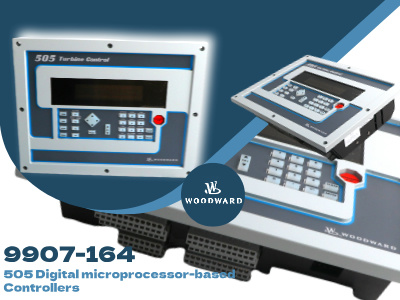
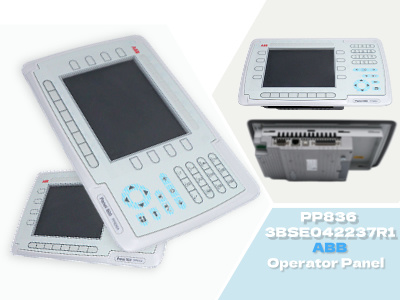

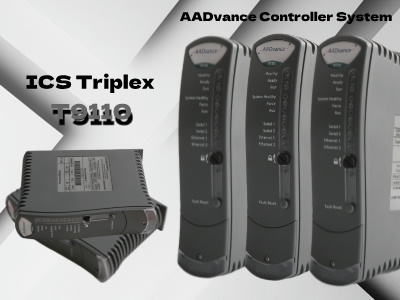
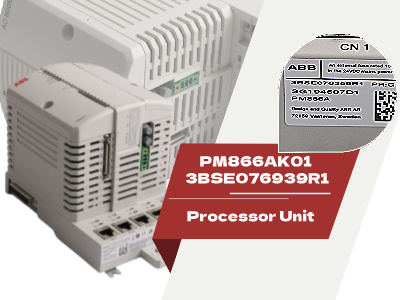
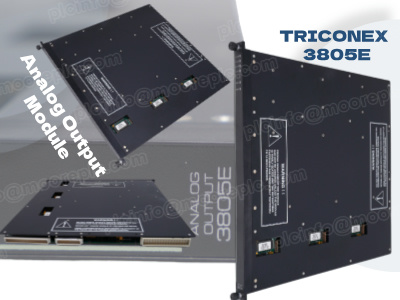
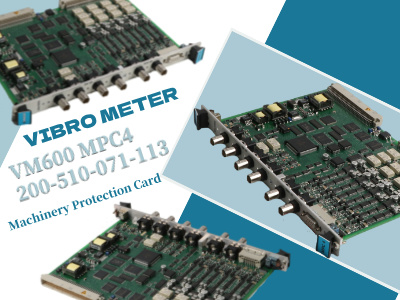
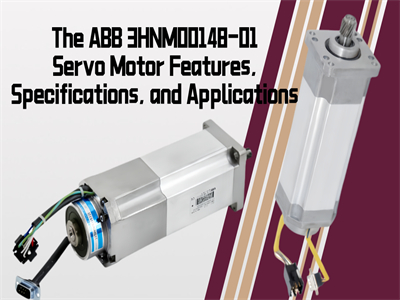
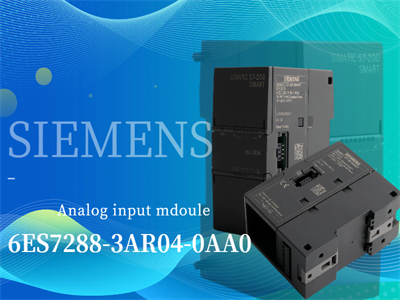
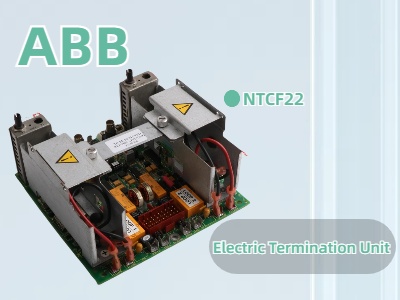
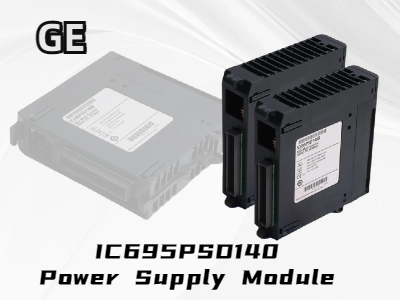

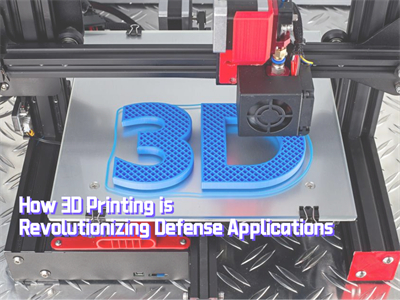
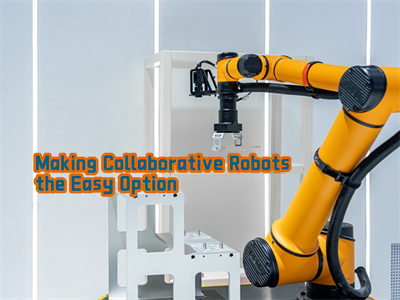










 IPv6 network supported
IPv6 network supported